Top 10 Analytics And Business Intelligence Trends For 2020
datapine
NOVEMBER 27, 2019
The trends we presented last year will continue to play out through 2020. In 2020, BI tools and strategies will become increasingly customized. Companies are no longer wondering if data visualizations improve analyses but what is the best way to tell each data-story. 1) Data Quality Management (DQM).

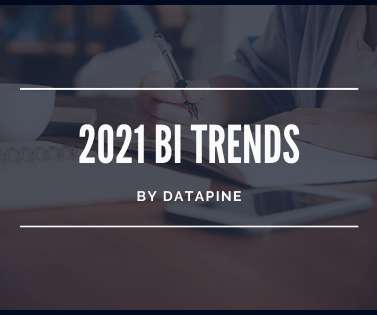


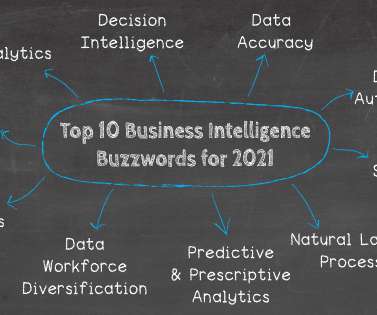
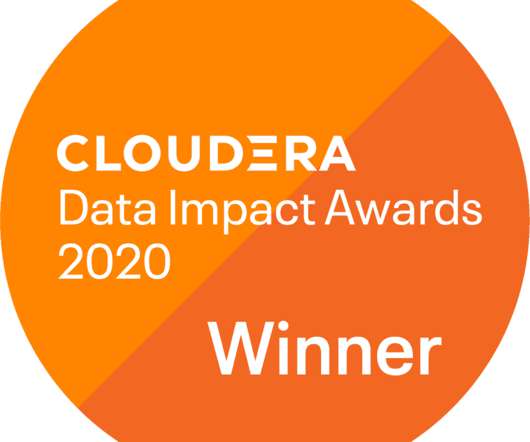
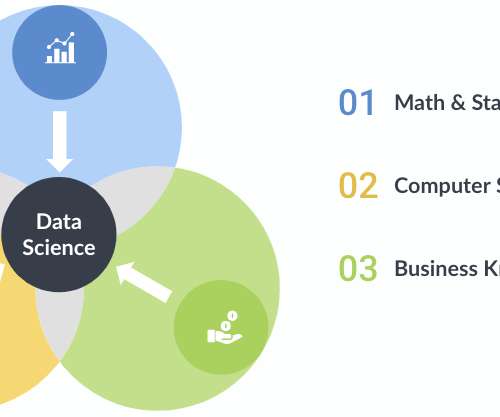
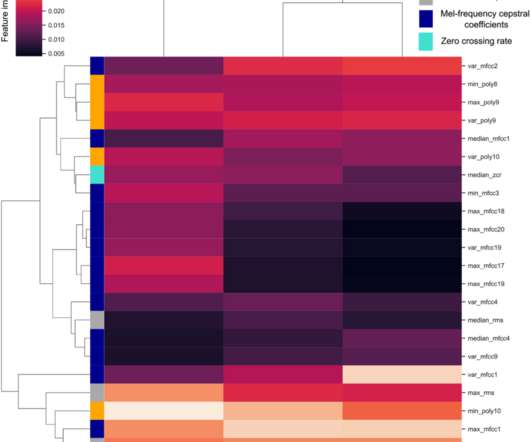
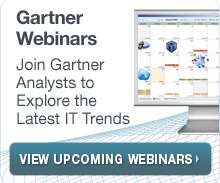


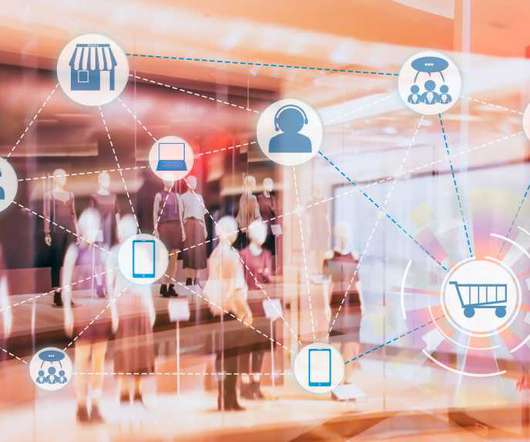


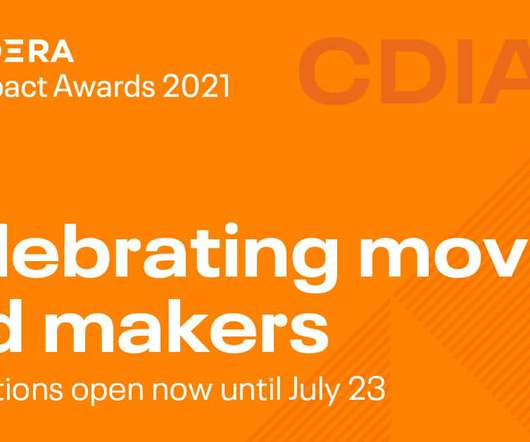



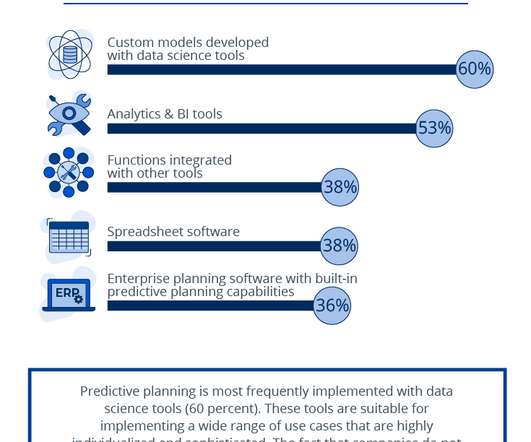
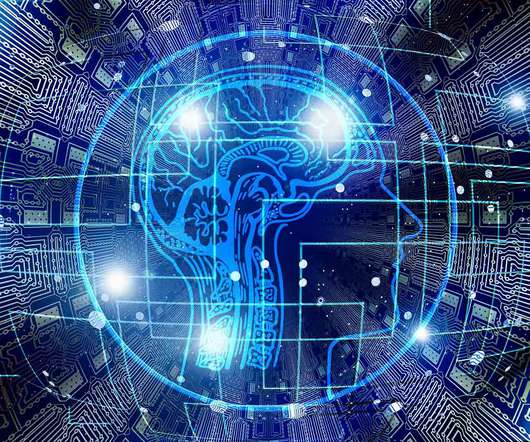
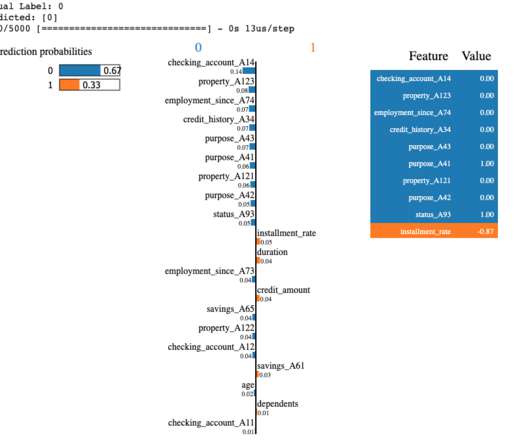








Let's personalize your content